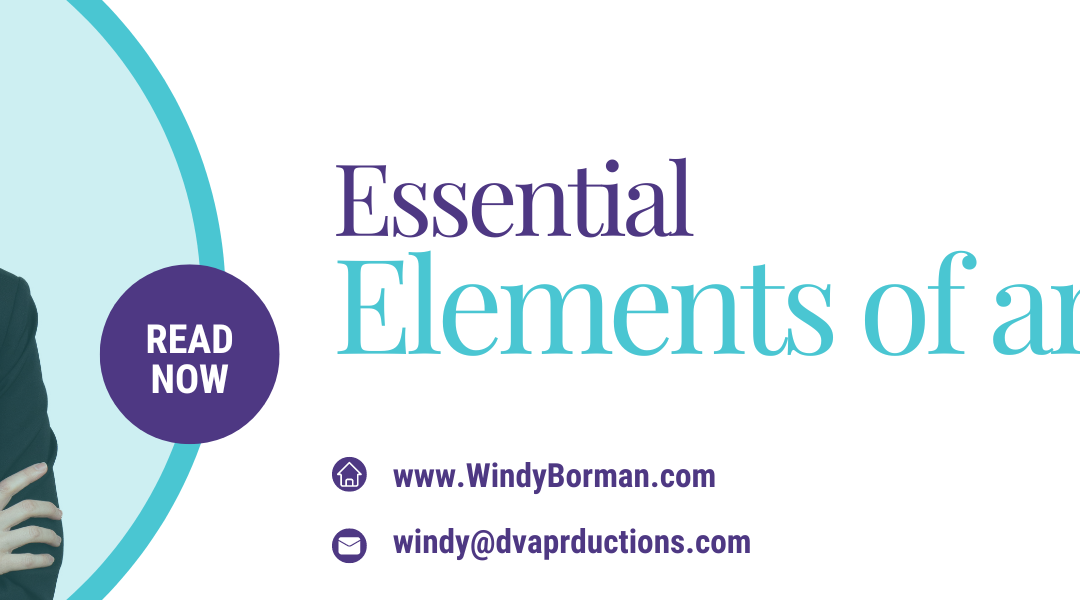I recently updated the Electronic Press Kit (EPK) for my documentary film MARY JANES: THE WOMEN OF WEED. I do this periodically to keep the content and the images fresh, as well as to double check the links work. (Few things spike the blood pressure like sending a broken link to a reporter or promoter on a deadline).
Since I have EPK’s on the brain, I thought I’d share what I consider to be the Essential Elements of an EPK. But first, let’s address some preliminary questions.
What is an EPK?
EPK stands for an Electronic Press Kit. It is a package of digital materials used for promotions. An EPK typically consists of an online folder containing photos, videos, links, and text that you send to press so they will (in theory) have everything they need to produce a glowing article or review for you.
According to 20questionsfilm.com:
“In this age where people seek out trailers, clips, and ‘making of’ featurettes on everything from Twitter to Facebook to Youtube, an EPK is essential in building interest for your film. It gives the audience a taste of your story and a taste of you as a filmmaker. Think of it this way: At its heart, an EPK is the place where you get all the elements together that are going to best promote you and your film.”
The same is true for promoting your product, service, or event.
When should I create an EPK?
I have yet to meet anyone who started building their EPK “too soon”. In fact, it’s usually the opposite. Waiting until you think you’re “ready for press” may also cost you opportunities and time.
FilmSourcing.com writes EPKs are not just for press. “A good EPK can get you to festivals, boost your crowdfunding and land you a distribution deal. “
The lesson? Get started early.
Okay, so what does an EPK look like?
The exact components to your EPK depend on what you are promoting. For example, a Product Launch will have product demo photos and videos, whereas a film premiere will include film trailers and celebrity photos.
Next, reporters are busy. You want to make it as easy as possible for them to find what they need to write an article for you. Therefore organization and labeling are key.
Below is how I organized the EPK folder for the documentary film, MARY JANES: THE WOMEN OF WEED.
Essential Elements of an EPK:
- Celebrity Bio: approved by their management
- Digital Film Posters: low-resolution and high-resolution
- Director Bio: long and short
- Film Synopsis: long and short versions, in English and Spanish
- Film Trailers: 1-minute, 2-minute, and 5-minute extended trailer
- Photos: celebrity, behind-the-scenes, director, and film screenings (Read: Tips for Hi-Rez photos HERE).
- Press Kit: text version saved as pdf
- Social Media Headers: sized for Facebook, Twitter and YouTube
- Testimonials
- Type Style Guide: available in different color ways (white, black, and green)
You can always adjust your Press Kit to include pertinent information about your product or announcement.
What should I include in the text version of my Press Kit?
High resolution images are great, but do not neglect the text. In many cases it will be copied verbatim into an article or review, so tell your story creatively, succinctly, and without typos.
What you include in the text depends again on what you are promoting, but there are some key areas to cover.
Basic Requirements:
- Introduction
- Synopsis: title, tagline, short and long synopses
- Celebrity support: photos and quotes
- Statistics that support the documentary topic
- Featured experts or cast
- Director/Founder Bio and photo
- Director/Founder Statement
- Director/Founder Q&A: to answer the Who, What, When, Where, Why and How
- Press Quotes and Reviews
- High-Resolution photos: headshots and behind-the-scenes used throughout
- Festival and Award Laurels (once received)
- Contact Details: Director/Founder, Publicist, website and social media handles
For film EPKs I also include:
- Film Details: premiere date, awards, genre, format, running time, language
- Film Credits: starring (celebs), Director, Writer, Producers, other notable crew
How long should the text be?
Filmsourcing.com writes “the purpose of your EPK is not just to get the recipient interested in watching your film but to show how easily and effectively they can market your film.”
My general rule is, write enough to tell a good story, but not so much you lose the intrigue. You want to share enough that someone can write an article under a tight deadline, but if they have time they’ll want to call you for an exclusive quote.
Another guideline for filmmakers is not to write a Press Kit that is longer than your film. For example, if your short film is 5 minutes long, you should be able to tell a journalist all about your film in 5 pages or less. Do not send someone a 50-page Press Kit. When your short film is nominated for an Academy Award, revise and expand your Press Kit accordingly.
Where can I create an EPK?
You can build the EPK text as a document in Word or Google or you can build it in a visual format with Adobe or Canva. If you want some inspiration, check out the free templates at StudioBinder.com and FilmSourcing.com
Can I pay someone to create an EPK for me?
If you are feeling lost, overwhelmed, or uninterested building an EPK in-house, you can hire someone to build it for you. Graphic Designers and Publicists can create an EPK or offer referrals. Get a price quote and be prepared to edit what they create.
If your budget is already strapped, a better use of your time could be to build a Rough Draft and then share it with the Publicist or Graphic Designer. That way you are only paying them to fine tune what you already created.
When should I send my EPK to press?
A “warm lead” is always better than a “cold lead”. Think about it: When was the last time you opened an email link or pdf from a stranger? Consequently, never send your EPK as your first step in your relationship with press.
First, cultivate a relationship, or work with a publicist who has these relationships. Next, send a press release to pique their interest. Occasionally, you (or your publicist) will follow up directly with key press contacts to pitch an exclusive, or the publicist will schedule a press interview for you and a journalist.
Eventually either the press will ask for your Press Kit, or you (or your publicist) will wrap up your interview by asking, “Have you seen our Press Kit?” If they say anything besides, “Yes, we are all set!”, send them the link to your EPK.
If you are part of a competition, tech accelerator, pitch contest, or film festival, an EPK may be listed as required materials, and they will send it directly to their press contacts. Add your (and your publicist’s) contact details (including mobile phone numbers) to the EPK so you are easy to contact directly.
How often should I update my EPK?
Revise the EPK whenever you have an update, new information, or new imagery. If you win an award, receive a glowing review, pass a huge milestone, or are featured in a notable publication, add that to your EPK. Once your product, service, or film has premiered, check your EPK every 3 – 6 months to make sure the content, imagery, and links are current.



